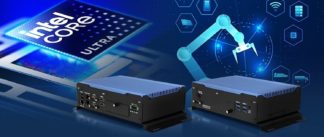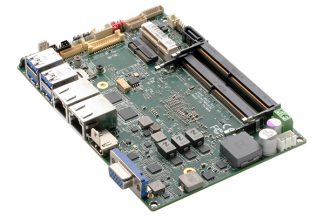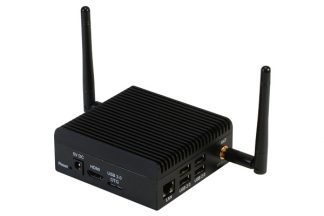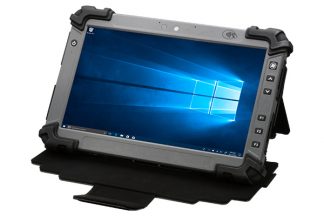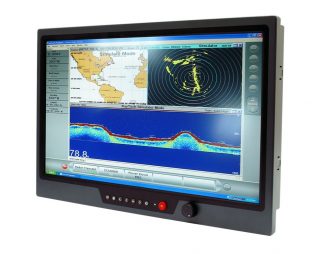
Demystifying modern technology
Embedded computers are the unsung heroes of the digital age, silently powering countless devices and systems that make our lives more convenient, efficient, and connected.
While they may go unnoticed by the average person, their significance in the world of technology cannot be overstated. In this blog article, we’ll embark on a journey to demystify embedded computers, taking a deep dive into the modern technology that drives innovation across various industries.
The Foundation of Embedded Computing
Embedded computing goes beyond traditional computers; it’s about infusing intelligence into diverse devices. These specialized systems are seamlessly integrated into equipment, transforming them into smart, efficient entities with precise functionalities.
The aim is to empower devices to perform specific tasks effectively. This integration goes beyond mere functionality; it’s about enhancing capabilities, creating efficiency, and ultimately elevating the performance of the entire system
Embedded systems are crafted to operate seamlessly in dedicated applications. Their reliability shines in consistency; they excel in their designated tasks, reducing the need for constant human intervention. This reliability is a cornerstone of their design, ensuring dependable performance over the long term.
The essence lies in making devices not just functional but smarter and more efficient. Embedded computing optimizes operations, streamlining processes and enabling devices to operate at their full potential.
While human oversight is essential, embedded systems are designed to operate with minimal intervention once configured. This autonomy is crucial, especially in applications where continuous human monitoring may not be practical or feasible.
This foundation sets the stage for understanding how embedded computing transforms devices, offering a glimpse into the synergy between specialized systems and dedicated applications.
Understanding Embedded Systems
Embedded systems are not confined to a single industry; instead, they span a vast array of applications. From consumer electronics like smartphones to critical infrastructure components, these systems play a pivotal role in enhancing functionality across various domains.
At the heart of understanding embedded systems is recognizing the diverse technologies they encapsulate. Microcontrollers, processors, sensors, and memory collectively form the hardware backbone, working in harmony to bring these systems to life.
Embedded hardware is purpose-built to meet specific application requirements. Whether it’s a microcontroller ensuring precise control or a sensor facilitating data acquisition, each component is meticulously chosen and integrated to optimize performance.
Embedded software serves as the maestro orchestrating the functions of these systems. It’s tailored to the hardware’s capabilities, ensuring seamless coordination and control. This symbiotic relationship between hardware and software is fundamental to the success of embedded systems.
Embedded systems have real-world impacts. They drive advancements in the automotive industry, healthcare, industrial automation, and even consumer electronics. Their adaptability across diverse sectors highlights their significance in shaping the modern technological landscape.
As we explore these key aspects, it becomes evident that embedded systems are not just components within a device; they are the backbone of technological innovation, influencing everything from our daily gadgets to critical infrastructure.
Embedded Hardware: These are the physical components of embedded systems, including microcontrollers, processors, sensors, and memory. They provide the computational power needed to execute tasks efficiently.
Engineering
Embedded Software: Software plays a pivotal role in embedded systems, controlling their behavior and enabling them to perform specific functions. Embedded software is tailored to the hardware and application requirements.
Imaging & BIOS
Real-World Applications
Embedded systems have become the driving force behind the automotive industry’s technological leap. In the realm of Advanced Driver-Assistance Systems (ADAS), embedded computers play a pivotal role. Whether it’s collision avoidance mechanisms or the intricacies of adaptive cruise control, these systems rely on real-time processing and decision-making powered by embedded computing.
Empowering the Mining Industry: The mining sector stands at the forefront of technological advancements, and embedded systems have become indispensable in this demanding environment. From autonomous drilling systems to sophisticated equipment monitoring, embedded computers play a crucial role in enhancing safety, efficiency, and precision in mining operations. These systems ensure the seamless coordination of complex machinery, contributing to the optimization of resource extraction processes. The integration of embedded technology has not only improved operational workflows but has also paved the way for innovative solutions that address the unique challenges posed by the mining industry.
Enhancing Healthcare with Precision: The healthcare sector has witnessed a transformative impact from embedded technology. Medical devices, ranging from patient monitors to sophisticated imaging equipment, leverage embedded systems to provide accurate diagnostics and elevate the quality of patient care. The seamless integration of these technologies contributes to more precise medical interventions and improved health outcomes.
Precision in Industrial Automation: Embedded systems are the unsung heroes of industrial automation. They control and optimize manufacturing processes, ensuring precision and efficiency in every operation. Robots equipped with embedded computing capabilities, Programmable Logic Controllers (PLCs), and SCADA systems all rely on the reliability and real-time capabilities of embedded technology to streamline industrial workflows.
Empowering Consumer Electronics: In our daily lives, embedded computers are seamlessly woven into the fabric of consumer electronics. Smartphones, smart TVs, and home automation devices are equipped with embedded systems that enable seamless connectivity and user-friendly interfaces. The intuitive experiences we enjoy with these devices are made possible by the sophisticated embedded computing solutions within them.
These real-world applications showcase the ubiquity and transformative power of embedded technology. From our daily commutes to advancements in healthcare, industrial efficiency, and the seamless integration of smart devices into our homes, embedded computers are silently shaping the landscape of our interconnected world.

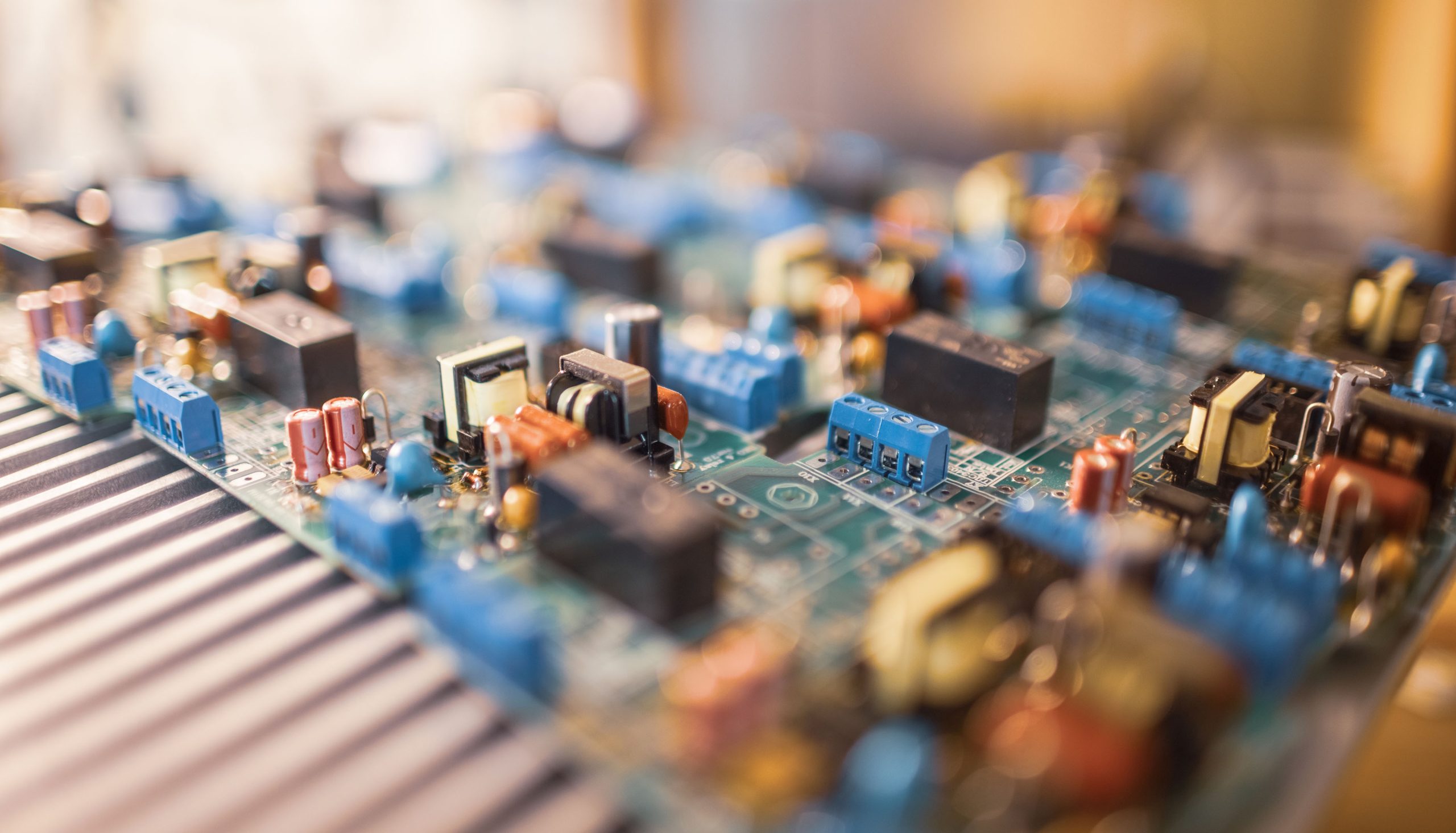
Emerging Trends in Embedded Computing
As technology continues to evolve, so do embedded computers. Here are some emerging trends to watch:
- Edge Computing Revolution:
- Definition: The paradigm shift toward processing data closer to its source, known as edge computing, is reshaping the way information is handled.
- Significance: This trend demands robust embedded systems capable of real-time data analysis, reducing latency and enhancing responsiveness.
- Application Highlight: Explore our cutting-edge IoT Gateway Solutions here.
- AI Integration for Intelligent Solutions:
- Definition: The integration of artificial intelligence (AI) into embedded systems is becoming increasingly prevalent.
- Impact: AI-enhanced embedded systems empower devices to analyze data, make intelligent decisions, and adapt autonomously to changing conditions.
- Explore AI Computing Solutions: Dive into the future with our AI Computing Solutions here.
- Sustainability in Every Byte:
- Definition: Green embedded solutions are gaining momentum in response to growing environmental concerns.
- Focus: Energy-efficient hardware and optimized software are key players in reducing the carbon footprint of embedded systems.
- Discover Sustainable Solutions: Embrace sustainability with our range of Industrial Single Board Computers and Computer-on-Modules here.
As we enter in a new era of possibilities, these trends are not merely glimpses into the future; they are the defining features of the next generation of embedded computing.
Unlock the Full Story: Download Our Free Ebook
If you’ve found this exploration of embedded computing intriguing, you’ll want to dive even deeper into the world of modern embedded computers. Our free ebook, “Unlocking Innovation: A Guide to Modern Embedded Computers,” is your comprehensive guide to understanding the technology, its applications, and the emerging trends that are shaping the future.
Inside the ebook, you’ll find detailed insights, real-world case studies, and expert perspectives that will expand your knowledge of embedded computing. Don’t miss out on the opportunity to unlock innovation in your projects.
Want to have a conversation about your business’s embedded computing needs?
Get in touch with us!
